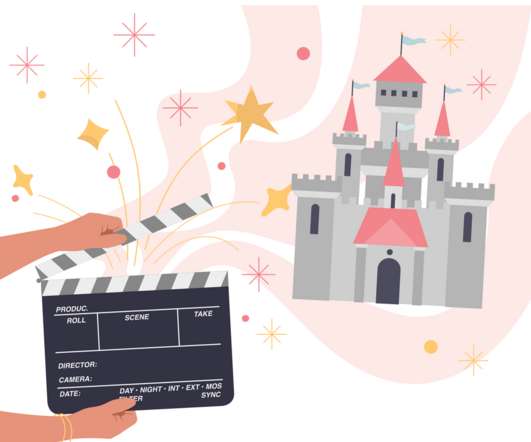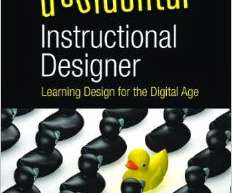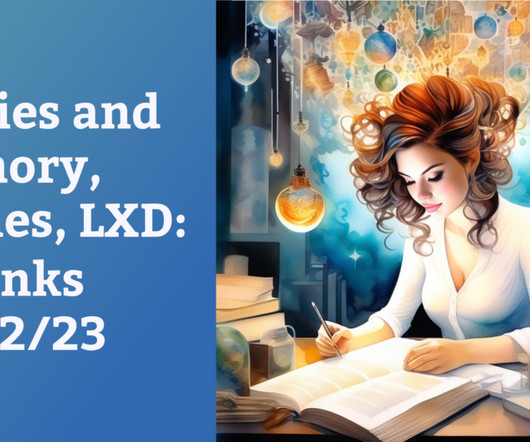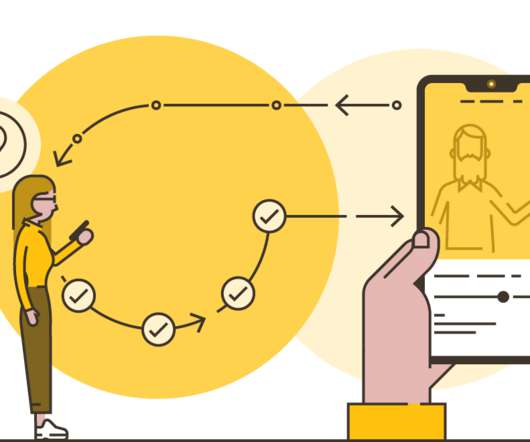Improving Instructional Design with Images, Illustrations, and Animation
eLearningMind
DECEMBER 14, 2022
It’s called cognitive load theory (CLT). Images are useful because they are processed more easily by the brain, decreasing the cognitive load and increasing the ability for learning, understanding, and recall. Photographs can also be disengaging (think generic stock photography) or highlight a lack of diversity.





























Let's personalize your content